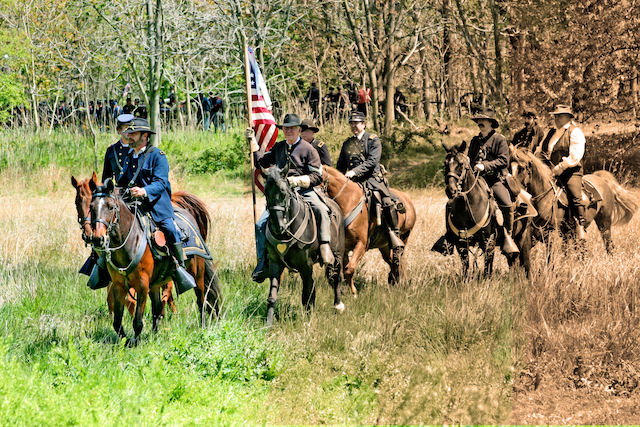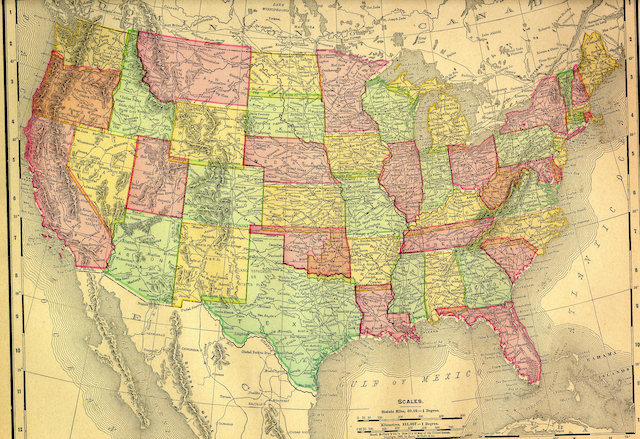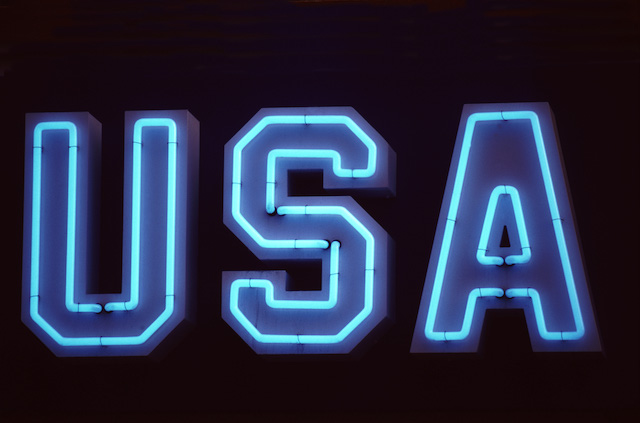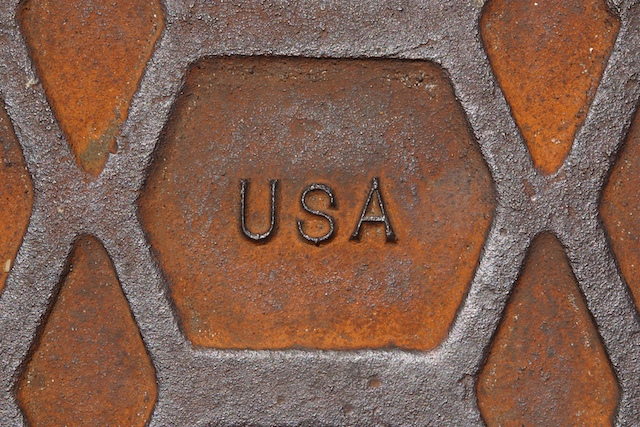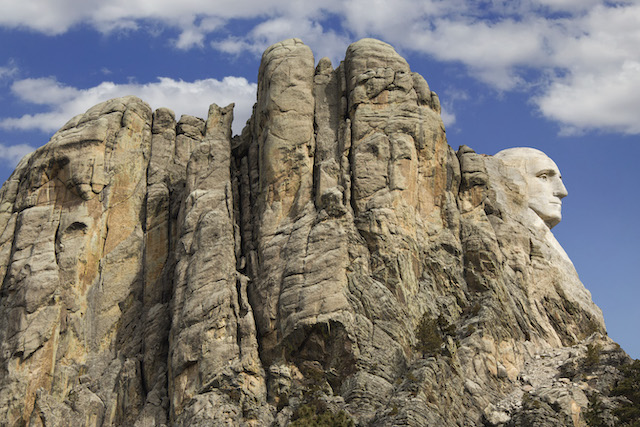American union flag and tourism link
The American union flag appears throughout the country. Tourists often see it at monuments, museums, and government buildings. It symbolizes unity and strength. The American union flag draws visitors to places of meaning. Travelers feel connected to history when they see the flag displayed with pride.
Landmarks that celebrate American union flag
Major landmarks often showcase the American union flag. Sites like the Lincoln Memorial and Capitol Hill feature it in various displays. Tourists stop to admire the flag waving in peaceful silence. These landmarks become more memorable with the presence of the flag. Visitors often capture photos near it.
Museums that preserve the union spirit
American museums help travelers explore the meaning behind the American union flag. Museums in Washington, D.C. display the flag in special exhibits. Guests learn from displays showing past versions of the flag. These flags connect stories of people and events. They also highlight how unity shaped American values.
City squares and public celebrations
Many city squares raise the American union flag during local celebrations. Fireworks and parades often include large displays. Tourists visiting during national holidays enjoy these events. Flags wave as music plays in the background. The spirit of the flag spreads across faces in the crowd.
Flag in small-town charm
In smaller towns, the American union flag appears on porches and street corners. Travelers driving through see it flying with pride. Many towns hold flag ceremonies in open parks. Locals gather to honor shared traditions. The flag brings comfort and belonging to both residents and guests.
National parks and the outdoor flag
At national parks, visitors often see the American union flag at visitor centers. Rangers raise the flag each morning. Families hiking trails pause to take photos near flagpoles. The scenery mixes with symbols of unity. This strengthens the meaning of the natural space for those exploring it.
American union flag at sea and ports
Cruise ships and naval ports often raise the American union flag. Travelers see it waving as ships leave or dock. The flag adds weight to the departure. It brings meaning to each journey over water. Many visitors salute the flag while music plays gently in the background.
Parades that carry historical meaning
During patriotic parades, the American union flag moves through the streets with honor. Marching bands and veterans hold it high. Crowds cheer as flags wave in every direction. Travelers watching these events feel drawn into local spirit. The presence of the flag makes these gatherings feel unified and bright.
Road trips with flags in view
As tourists drive across the country, they often spot the American union flag on rest stops and billboards. These sightings create visual consistency along long highways. Flags mark entry into new towns and cities. They remind travelers of the broader connection across different states and landscapes.
Flag in cultural exhibits
Cultural centers include the American union flag in their presentations. Some use it in textile exhibits and story corners. Visitors walk through rooms filled with stories linked to unity. Flags appear on walls, in books, and even in paintings. This blend of art and history shapes visitor experiences.
Military locations open for visits
Military memorials and open bases feature the American union flag. Guests take guided tours and attend ceremonies. The flag often stands tallest at these locations. People visiting these places speak softly. The respect shown to the flag enhances the visit for many tourists.
Restaurants inspired by heritage
Some American diners and restaurants use the American union flag in their decor. Flags hang above booths and windows. Guests eat meals surrounded by photos of past generations. These spaces offer both food and visual stories. The flag helps create a warm, familiar environment for many.
Educational stops and learning centres
Learning centers across the country feature the American union flag during school trips. Travelers with children stop at such locations. Young guests learn by touching, reading, and listening. Flags become part of memory. These early exposures help future travelers carry appreciation for unity.
American union flag in public parks
City parks often feature flagpoles with the American union flag waving above walking paths. Joggers, cyclists, and tourists see it daily. Park benches nearby become resting spots for quiet reflection. People read, snack, and enjoy shade while the flag adds calm to their experience.
Flag in music and entertainment
Many concerts and shows across the United States use the American union flag in stage designs. Flags wave in the background during national songs. Travelers attend such events and leave with shared memories. The flag lifts energy and mood. It creates visual rhythm during exciting moments.
Flag in photo-worthy places
Tourists often search for spots with the American union flag for photos. Urban rooftops and bridges show the flag in scenic views. Travelers pose beside flags at sunrise or sunset. These images carry strong emotion. Each photo becomes a lasting symbol of the journey taken.
Flag-themed shopping experiences
During patriotic seasons, stores decorate their displays with the American union flag. Travelers shopping for gifts notice themed bags and clothes. Some shops sell replicas and home decor items. Visitors enjoy finding unique pieces. Many take these souvenirs home as reminders of where they have been.
Universities with strong symbols
Campuses across the United States raise the American union flag daily. Students gather around flagpoles during early morning events. Travelers walking through campuses see flags near lecture halls. The flag becomes part of student life. Visitors enjoy learning how history lives through younger generations.
Union flag murals and public art
In many cities, large murals show the American union flag in bold forms. Artists paint the flag with layers of texture and color. Travelers stop to admire the depth and message. These walls turn simple walks into moments of deep reflection. Flags become bridges between past and present.
Flag and national sports moments
At sports stadiums, fans rise when the American union flag appears on screens. Massive flags cover entire fields. Tourists attending games join locals in song and cheer. The flag sets the tone. It connects everyone watching, no matter their team or reason for travel.
Flag in air travel spaces
Airports across the United States proudly display the American union flag near gates and terminals. Visitors arriving and departing see it as part of the journey. Flags greet travelers from different countries. They mark transitions from one space to another. The flag helps create a welcome environment.
State buildings and civic pride
Tourists exploring capital cities often stop near state buildings. The American union flag waves high above domes and courtyards. Guided tours include stories linked to each flag seen. These sites become meaningful stops. Travelers walk slowly and take in each symbol of shared identity.
Guided tours with a union theme
Some companies offer tours that highlight the American union flag throughout historic routes. Guests travel by foot, bus, or bike. Each stop offers a chance to reflect and learn. Flags provide consistency along the way. They become memory markers from state to state.
Flag in veterans’ cemeteries
Veterans’ cemeteries use the American union flag to honor those buried within. Visitors walk among rows of markers and quiet paths. The flag waves gently as a silent companion. Travelers leave flowers or notes nearby. These quiet moments create balance during trips filled with movement.
Street festivals and seasonal flags
Many towns hang the American union flag from streetlights during festival seasons. Visitors hear music and enjoy local foods below these decorations. The flag adds color and motion to the scene. It lifts community mood. Travelers often remember such visual joy long after leaving.
American union flag near historic homes
Tours of historic homes often begin near flagpoles with the American union flag. Docents speak softly as they explain the setting. Flags hang from porches and inside hallways. Visitors walk through rooms filled with quiet strength. The flag adds peace to each historic story.
Flag on riverboats and lakesides
Riverboats cruising the Mississippi and lake resorts across the Midwest raise the American union flag. Guests take photos near it as water flows behind. Flags flutter as wind picks up speed. These travel moments feel free and wide. The flag becomes part of the open landscape.
Fire stations and public service stops
Firehouses and service buildings across the country raise the American union flag with care. Travelers often see it waving near emergency vehicles. These buildings host open days and family visits. Flags help show trust. They create a bond between guests and the places they pass.
Union flags during trail hikes
Some hiking trails end near lookout points with the American union flag. Hikers rest and take in the view. Flags flutter at mountain peaks and ridges. The climb feels more meaningful. Travelers sit quietly, breathe deeply, and feel part of something larger than themselves.
Public transport stations and terminals
Bus stations and train terminals also display the American union flag. Flags welcome passengers arriving from rural and urban areas. Travelers wait under shelters with flags above. These symbols remain steady. They mark place, journey, and shared movement from one town to the next.
Flag and reflective monuments
Some sculptures and stone memorials display the American union flag at their center. Visitors walk through quiet paths to reach these spaces. Flags add structure to the experience. They give shape to silence. Travelers reflect slowly, taking in each curve and line of history displayed.
Meaningful stop during every trip
The American union flag remains part of countless travel experiences. It greets, reflects, and reminds. Tourists find comfort and memory where it waves. The flag links cities, towns, and remote trails. In motion or rest, it quietly shapes each step of the American journey.

